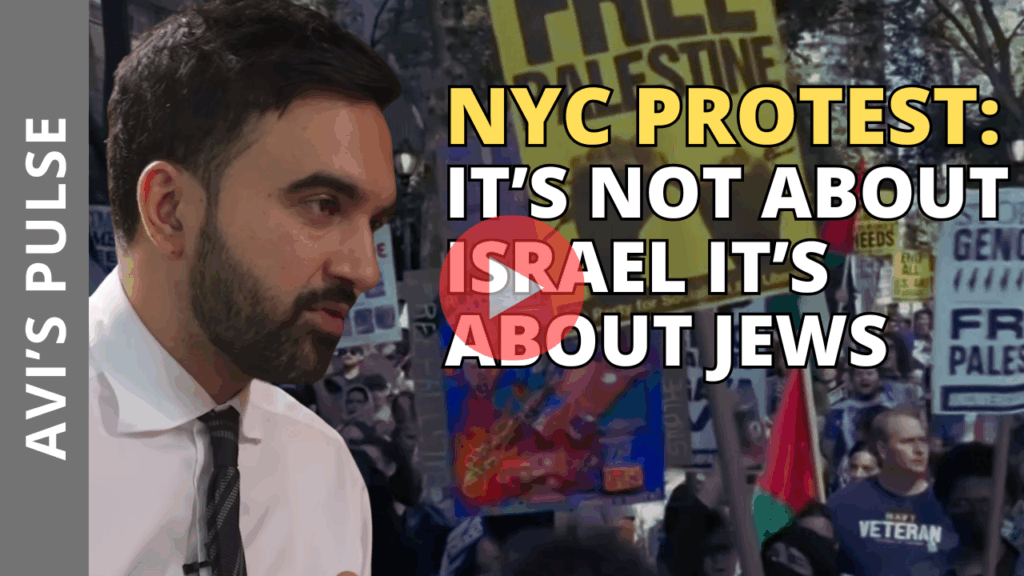The fact that unclear language nearly found its way into a U.S. Coast Guard binding manual says something essential: Clarity must be protected just as vigorously as borders.
The U.S. Coast Guard, founded in 1790, has defended American values for 235 years. Which is exactly why this past week’s confusion—over whether the Coast Guard would reclassify the Nazi swastika and the hangman’s noose as merely “potentially divisive,” instead of clear “hate symbols”—is so troubling. This is not simply a policy adjustment. It is a test of institutional clarity and moral resolve.
According to reports, a recently drafted version of Coast Guard policy removed the term “hate incident” altogether and appeared to re-label extremist imagery as “potentially divisive.” That wording understandably set off alarm bells. Within hours, the Coast Guard rushed to clarify that its final directive would explicitly prohibit “divisive or hate symbols and flags,” including the swastika, nooses and other supremacist iconography.
A correction is welcome, but the process that led to the confusion is not an afterthought. Words written into a policy manual, however briefly, shape culture, expectations and behavior. If a symbol like the swastika can come close to being classified as simply “divisive,” it warrants asking how such language survived internal review at all. Institutions do not protect values by accident.
The swastika is not an abstract emblem, nor a misunderstood cultural artifact. It is the brand logo of a movement responsible for the murder of 6 million Jews and millions of others. When that symbol appears—painted on a locker, scratched into a barracks door, worn under a uniform—it is not an expression of controversy. It is a message of intimidation, racial supremacy and genocidal approval. Treating that message as merely “divisive,” even for a moment on paper, suggests that the meaning is open to debate.
Imagine a Jewish recruit discovering a swastika carved into their bunk wall or a black recruit encountering a noose hanging from a doorway. Should they need to consult a manual to determine whether they have experienced “hate” or a “divisive expression”? The answer should be immediate—not based on policy ambiguity or shifting terminology. Making it unclear is not neutrality. It is abandonment.

Symbols are not passive. They communicate. As the Dallas Holocaust and Human Rights Museum observes, the swastika remains “the most notorious and painful symbol of antisemitism and blind hatred.” Its power is not historical; it is present tense. The swastika continues to appear in vandalism targeting Jewish schools, synagogues, community centers and public institutions. Its meaning has not changed. It is a threat.
Supporters of policy revision claimed that it would allow more nuanced disciplinary processes. But nuance is not what the swastika conveys. Nuance does not belong in efforts to deter racism in the armed services. The military depends on cohesion, mutual trust and confidence in leadership. Vague language erodes all three.
This is not a matter of ideology or denominational nuance.
American Jewish voices from across the spectrum have spoken out with striking unity. In a letter sent to the Coast Guard Commandant this week, Rabbi Jonah Pesner of the Religious Action Center of Reform Judaism wrote that “there is no context aside from the educational or historical in which a swastika is not a hate symbol,” calling its potential reclassification “an indelible stain on the Coast Guard and a violation of the good that our nation stands for.”
I wrote a similar letter on behalf of the Religious Zionists of America, emphasizing that the swastika “is not a neutral or ambiguous icon,” but rather “a global emblem of antisemitism, genocide, white-supremacist ideology and the murder of 6 million Jews,” and warning that watering down its classification would “weaken the protection of victims and erode unit cohesion.”
The swastika’s meaning is not up for revision. The noose’s meaning is not up for reinterpretation. The Confederate flag’s meaning is not waiting for a footnote. These are not symbols of debate. They are declarations of hate, historically specific and deliberately intimidating.
The Coast Guard did the right thing in reaffirming its ban. But the fact that unclear language nearly found its way into a binding manual tells us something essential: Clarity must be protected just as vigorously as borders. The men and women who protect our shores deserve policy language that protects them in return.
When Americans of every political and religious background can agree on something as stark as the swastika, the U.S. military should not be confused.
A military that cannot name hate cannot fight it.

 Whatsapp
Whatsapp




